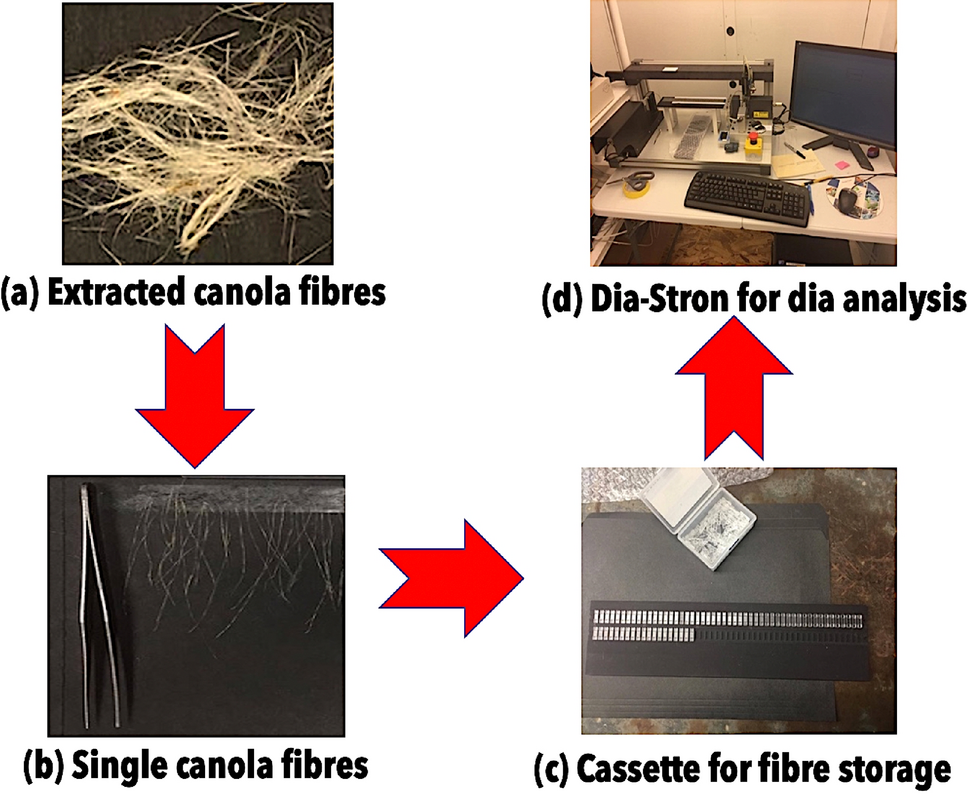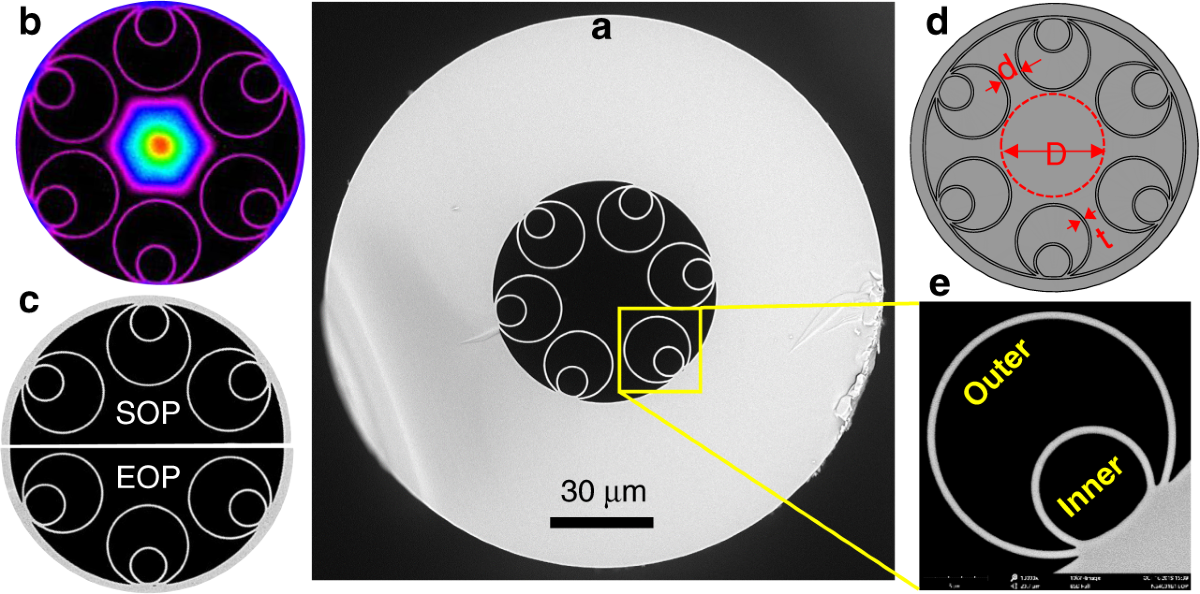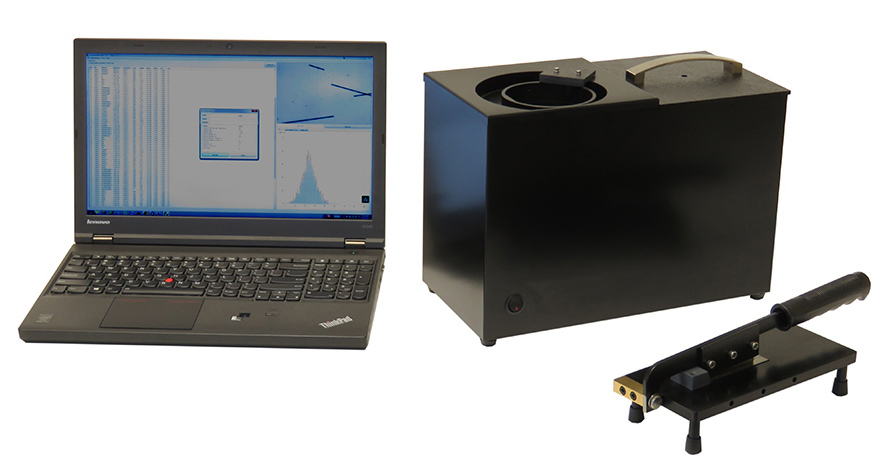Industry Standards Met by Optical Fibre Diameter Analyser Systems
Industry Standards Met by Optical Fibre Diameter Analyser Systems
Blog Article
Maximize Your Fiber Optic Efficiency: Comprehending Optical Fiber Size Analyser Technology
The performance of fibre optic systems is seriously influenced by the accuracy of their size, a variable usually ignored in the search of ideal signal integrity. Understanding the innovation behind optical fibre size analysers discloses the elaborate balance between measurement accuracy and production top quality. These devices not just enhance compliance with sector criteria yet likewise provide real-time understandings that can preemptively deal with potential problems. Nonetheless, the implications of their usage prolong beyond mere measurement; they can essentially change the landscape of fiber optic effectiveness. What factors should one consider to harness their full potential?
Relevance of Optical Fiber Size
The size of optical fiber plays a critical role in determining the efficiency and efficiency of communication systems. It affects numerous crucial specifications, consisting of the setting of light proliferation, depletion, and bandwidth capability. Larger sizes commonly permit several light settings, helping with higher information transmission prices. Alternatively, smaller sized sizes often tend to sustain less settings, which can enhance signal clarity and reduce crosstalk.

In addition, recognizing the size's implications can lead to cost savings by reducing the need for signal boosting and repeaters in substantial networks (optical fibre diameter analyser). In conclusion, the relevance of optical fiber size can not be overemphasized, as it straight affects the general performance and dependability of modern communication systems

Exactly How Size Impacts Signal Quality
Signal quality in optical fibre systems pivots dramatically on the size of the fibre. The size affects a number of essential specifications, including attenuation, data transfer, and modal dispersion. A smaller size can lead to higher attenuation prices, causing signal loss as light travels via the fibre. This depletion can jeopardize the honesty of the transmitted information, resulting in a decrease in signal quality, especially over lengthy ranges.
On the other hand, bigger sizes typically enable improved light capture and reduced modal dispersion, improving signal quality. In multimode fibres, a larger core size can support several light settings, but it might also present intermodal diffusion, which can deteriorate signal high quality. As a result, picking the ideal fiber diameter is critical for accomplishing the preferred performance in specific applications.
Furthermore, the communication in between the fiber diameter and the wavelength of the light used plays an essential role in identifying the reliable transmission distance and total signal stability. Recognizing how fibre size affects signal top quality is important for network designers and engineers making every effort to maximize optical fibre systems for dependable, high-speed data transmission.
Overview of Size Analyser Modern Technology
In numerous optical fibre production processes, precise measurement of fibre diameter is important for making sure consistent efficiency and quality (optical fibre diameter analyser). Diameter analysers are advanced instruments made to analyze the physical dimensions of optical fibers with high accuracy. They utilize sophisticated optical and laser modern technologies to determine the size, ovality, and concentricity of the fiber, therefore offering important data for quality assurance
These analysers can operate in-line during the production process or as component of off-line testing methods. In-line systems enable real-time surveillance, enabling suppliers to adjust parameters right away, thereby maintaining optimal production conditions. Off-line analysers, on the other hand, supply extensive analyses of sets, guaranteeing that any discrepancies from specified tolerances are determined get redirected here and resolved.
Diameter analysers dramatically add to the decrease of issues in optical fibres, enhancing overall product reliability. By continually determining vital specifications, these innovations facilitate important site compliance with sector criteria and specs. As the demand for high-performance optical fibers continues to climb, the duty of size analysers becomes increasingly essential in accomplishing the wanted quality and efficiency standards in fibre optic systems.
Key Functions of Fibre Size Analysers
Although different designs of fibre size analysers exist, they frequently share several key attributes that improve their performance and dependability. One of one of the most substantial features is high-resolution measurement capacities, which make certain precise size analyses, critical for keeping quality assurance in fibre manufacturing. In addition, many analysers include advanced optical sensing units designed to detect minute variations in fibre diameter, hence offering indispensable information for procedure optimization.
An additional vital function is real-time surveillance, allowing drivers to get immediate responses on fiber size throughout the manufacturing process (optical fibre diameter analyser). This capability helps with rapid adjustments and lowers the probability of problems. Lots of analysers likewise come furnished with easy to use user interfaces, making it possible for drivers to quickly navigate with settings and data outputs
Furthermore, robust information storage and evaluation functionalities are necessary for tracking historic efficiency patterns and making certain conformity with industry requirements. These features jointly contribute to the efficacy of fibre size analysers in enhancing fibre optic performance.
Finest Practices for Fiber Optimization

First, regular calibration of optical fibre size analysers is important. This makes sure precise dimensions and reduces prospective inconsistencies that can affect efficiency. Next, maintaining a tidy workplace is crucial; dust and pollutants can lead to indicate degradation.
Furthermore, it is essential to pick fibres that fulfill specific application requirements. This entails assessing aspects such as attenuation, data transfer, and ecological conditions. Proper installation methods should additionally be stuck to, consisting of preventing sharp bends and too much tension, which can endanger fibre integrity.
Moreover, using advanced tracking systems can assist in real-time efficiency evaluations, enabling timely recognition of concerns. Normal testing and maintenance should be conducted to guarantee that fibres stay within optimal functional specifications.
Lastly, training employees on the most recent fiber optimization technologies and methodologies will boost their capacity to carry out reliable methods. By complying with these ideal methods, organizations can substantially boost the performance and lifespan of their optical fiber systems, making sure efficient communication and data transfer.
Final Thought
Finally, the integration of optical fibre diameter analyser technology is crucial for maximizing fiber optic efficiency. By making certain exact measurements of fibre measurements, these analysers substantially enhance signal top quality and reduce losses throughout data transmission. Regular calibration and upkeep of the analysers are important to promote ideal performance and conformity with industry standards. Inevitably, the application of this innovation assists in improved data transmission prices and enhances signal integrity, adding to the overall efficiency of fiber optic systems.
Signal top quality in optical fibre systems pivots significantly on the diameter of the fibre.In many optical fibre manufacturing processes, exact measurement of fiber diameter is vital for making certain constant performance and quality. As the demand for high-performance optical fibres continues to increase, the duty of size analysers becomes increasingly crucial in attaining the desired high quality and performance requirements in fiber click here now optic systems.
These attributes collectively add to the efficiency of fibre size analysers in maximizing fiber optic efficiency.
In verdict, the integration of optical fibre diameter analyser innovation is crucial for making best use of fibre optic efficiency.
Report this page